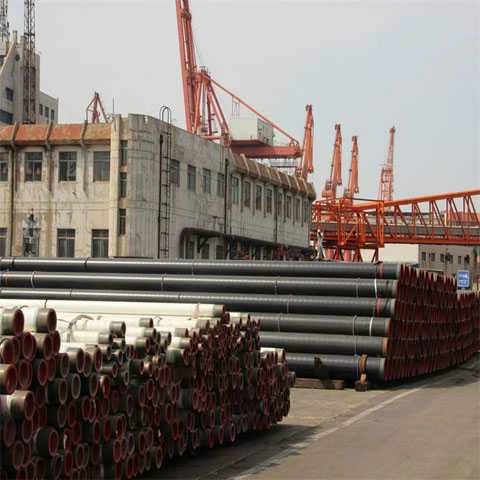How to Choose the Heating Pipe Connection Method
When it comes to installing a heating system, choosing the right pipe connection method is crucial for ensuring efficiency, reliability, and longevity. There are various options available, each with its own set of advantages and considerations. In this article, we will explore the factors to consider when selecting a heating pipe connection method and highlight the different options available.
Factors to Consider
Before delving into the specific types of heating pipe connection methods, it’s important to first understand the key factors that should influence your decision. These factors include:
- System Type: The type of heating system you are installing will have a significant impact on the most suitable pipe connection method. For example, a radiant floor heating system may require a different approach compared to a traditional forced-air system.
- Material Compatibility: Consider the type of pipes and fittings you plan to use, as not all connection methods are compatible with every material.
- Installation Time and Complexity: Some connection methods may be easier and quicker to install than others, which can impact overall project timelines and costs.
- Long-Term Maintenance: Think about the maintenance requirements of each connection method, as well as any potential long-term durability concerns.
- Environmental Factors: Environmental conditions, such as temperature fluctuations and potential exposure to corrosive elements, should also be taken into account.
Soldering and Brazing
Soldering and brazing are commonly used methods for connecting metal pipes in heating systems. These processes involve melting a filler material to form a bond between the pipes. Soldering uses lower temperatures than brazing and is typically used for smaller diameter pipes, while brazing is better suited for larger applications and offers a stronger joint.
Compression Fittings
Compression fittings provide a simple and versatile solution for joining pipes without the need for heat or solder. They consist of a compression ring and nut, which, when tightened, create a secure seal. This method is particularly useful for DIY installations and situations where disassembly may be required in the future.
Push-Fit Connections
Push-fit, or push-to-connect, fittings have gained popularity due to their ease of installation. These fittings rely on rubber O-rings or stainless steel teeth to create a tight seal without the need for special tools or soldering. While convenient, it’s essential to ensure that the fittings are compatible with the specific pipe material and are suitable for the intended application.
Welding
For high-temperature and high-pressure heating systems, welding may be the preferred connection method. Welded joints offer exceptional strength and are well-suited for industrial and commercial heating applications. However, welding requires specialized equipment and expertise, making it less practical for residential projects or small-scale installations.
Conclusion
Choosing the right heating pipe connection method is a critical decision that can impact the performance and longevity of your heating system. By considering factors such as system type, material compatibility, installation complexity, maintenance requirements, and environmental factors, you can make an informed choice that meets your specific needs. Whether you opt for traditional soldering, modern push-fit fittings, or another method entirely, prioritizing proper installation and quality materials will set the stage for a reliable and efficient heating system for years to come.
.webp)
